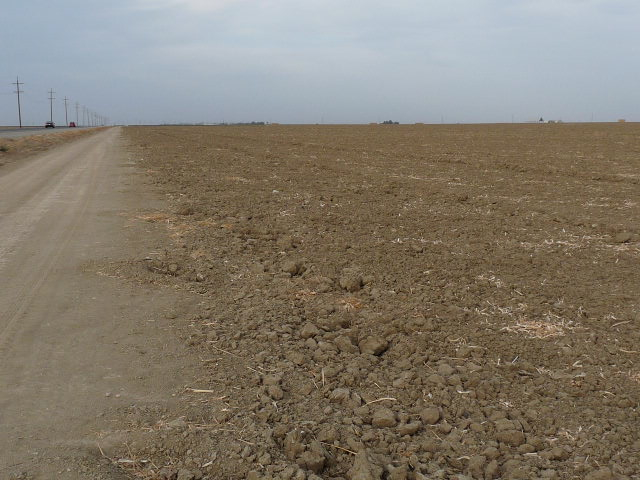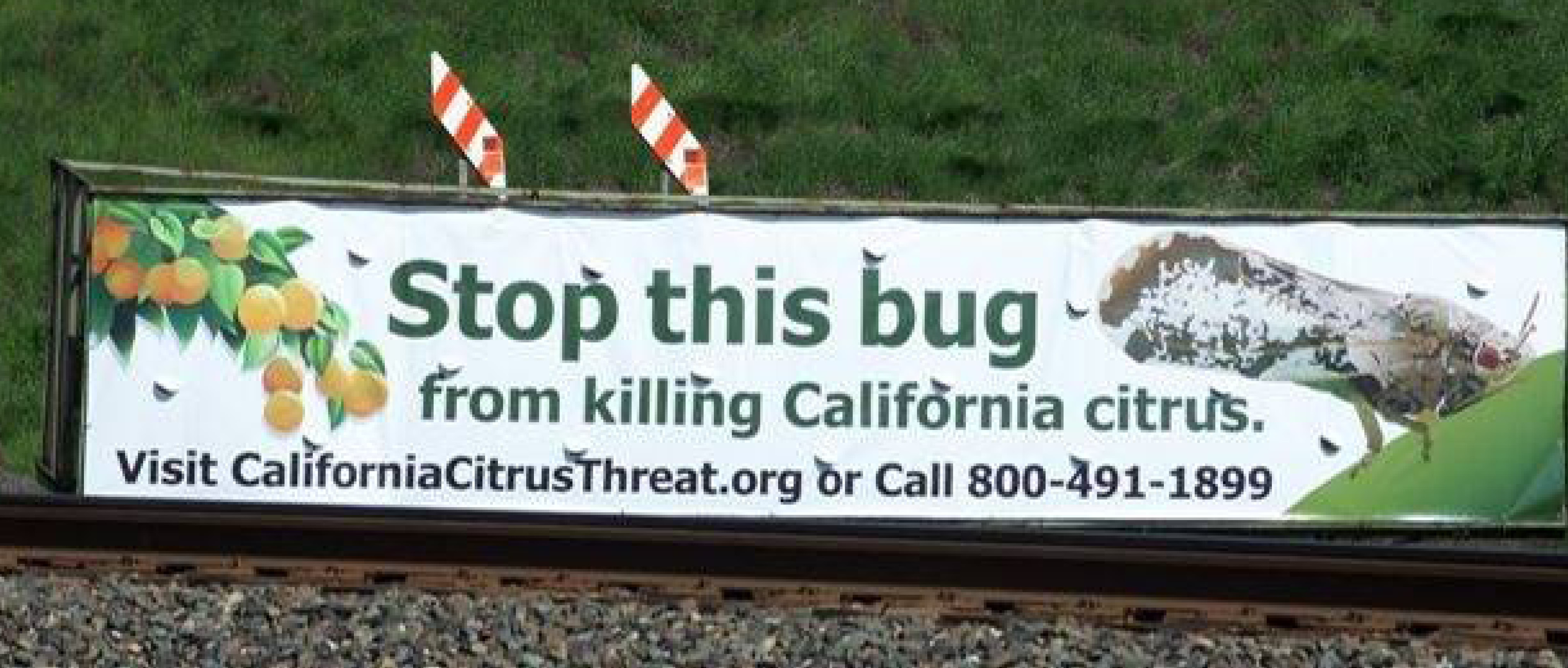USDA Secretary Brings Water Assistance on Valley Visit
USDA Provides Water Assistance Aid to 73,000 Rural Californians Impacted by Drought
FARMERSVILLE, Calif., July 18, 2014 -USDA Secretary Tom Vilsack today announced USDA is providing $9.7 million in emergency water assistance to 73,000 residents in 11 California counties experiencing the driest year on record.
“This drought is devastating those who live, work and raise their families in much of rural California,” Vilsack said. “It is threatening the survival of whole communities and livelihoods of folks throughout the state. From Siskiyou County in the north to Kern County in the south, this disaster is crippling communities up and down the 600-mile spine of California.
“The emergency water grants we are announcing today are triple the amount we committed to when President Obama and I visited the state earlier this year,” Vilsack added. “I am proud of the work USDA Rural Development staff in California and Washington, D.C., have done to get this funding to those in need and the work they have done with municipal leaders in these rural communities to help residents, businesses and agricultural producers.”
Extreme weather, such as the intense drought occurring in the western United States, is putting a strain on water supplies. The Obama Administration is committed to increasing investments in the nation’s water infrastructure to mitigate the impact of climate change and to ensure that all Americans have adequate, safe and reliable water supplies. The National Climate Assessment released earlier this year illustrates the impact of climate change across the country.
This announcement is part of broader Obama Administration efforts to help those impacted by the drought. Through the National Drought Resilience Partnership, launched as part of President Obama’s Climate Action Plan, federal agencies are working closely with states, local governments, agriculture and other partners on a coordinated response.
The 25 rural California communities are being helped by funding provided through USDA’s Emergency Community Water Assistance Grant (ECWAG) program. This program helps rural communities that have experienced a significant decline in the quantity or quality of drinking water due to an emergency. In January, USDA streamlined the program’s application process to expedite emergency water assistance to communities in need, particularly in drought-impacted areas.
In addition to support from the ECWAG program, USDA is helping rural communities meet their water needs through Water and Waste Disposal loans and grants and Special Evaluation Assistance for Rural Communities and Households (SEARCH) grants. USDA Rural Development has also approved grant funding to establish a revolving fund to provide low-interest loans to rural homeowners for household water wells.
For example, the small community of Cameron Creek Colony in Tulare County is struggling due to severe drought. About 10 percent of its residents have no access to water because their wells have run dry. Others have only intermittent access.
The city of Farmersville, Calif., is receiving a $500,000 ECWAG grant to construct pipelines connecting Cameron Creek Colony to the Farmersville water main and linking residents to the water system. This will provide much-needed relief throughout the community.
The grants announced today are contingent upon the recipients meeting the terms of the grant agreement.
Since the start of the Obama Administration, USDA Rural Development has invested more than $310 million to help 345,000 rural Californians receive improved water or wastewater services.
As California suffers through this drought, the Administration has taken action to help those struggling to cope with the hardships it has caused, including:
- Designated 57 counties as disaster areas, making farmers and ranchers eligible for emergency loans.
- Targeted $25 million from the Environmental Quality Incentives Program to help farmers and ranchers implement conservation practices to conserve water, protect fields from erosion and improve access to water for livestock.
- Invested $5 million in emergency watershed protection.
- Provided $7.6 million to livestock producers through the cost-sharing Emergency Conservation Program.
- Invested $750,000 to reduce aquatic weeds clogging irrigation screens, pumps and canals in the Sacramento and San Joaquin River delta.
- Set aside $3.3 million of a $30 million national investment to mitigate wildfire threats, protect water resources and provide habitat for at-risk species.
- Made continuing research investments in water conservation and use efficiency, as well as capacity grants for the University of California’s Institute for Water Resources.
- Established a network of climate hubs, including a sub-hub in Davis, for risk adaptation and mitigation to climate change.
- President Obama’s plan for rural America has brought about historic investment and resulted in stronger rural communities. Under the President’s leadership, these investments in housing, community facilities, businesses and infrastructure have empowered rural America to continue leading the way – strengthening America’s economy, small towns and rural communities. USDA’s investments in rural communities support the rural way of life that stands as the backbone of our American values.
#




















